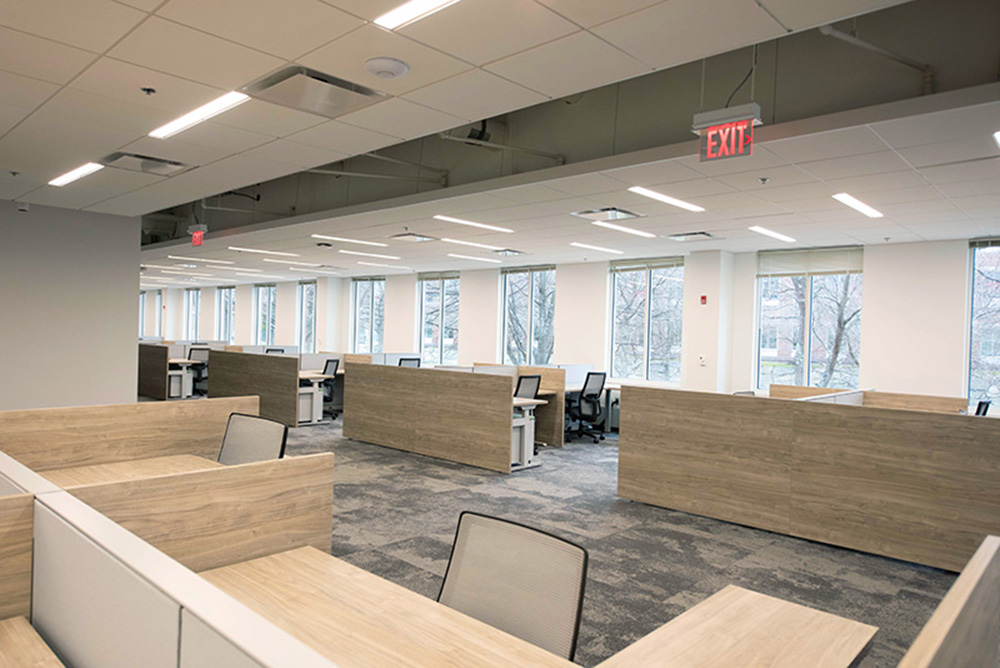Interest rate increases: not dampening residential demand - by Daniel Calano

Prospectus, LLC
About two years ago, I wrote that the cost/value of housing would move inversely with mortgage interest rates, prices going up when interest rates are down and in the opposite when interest rates were rising. The notion was that a doubling of mortgage interest rates would clearly double interest carry cost (amortization could vary) and that therefore would cut what a buyer could pay by half, thus impacting value. It was certainly logical, but also too simplistic and frankly wrong in retrospect. In today’s world, there is much more in this mix.
Those same two years ago, the typical fixed 15 or 30 year old mortgage was hovering under three percent. This was the result of ten rate cuts by the Fed over one short year. Now rates are closer to 5%, but what has happened? Home prices have continued to increase, despite four interest rate increases by the Fed over the last three years. It’s worth noting that the stock market has been rising for 24 consecutive months, as the Fed increases rates and despite, let’s be polite, confusion in Washington and uncertainty all over the world.
Let’s look at some of the other factors related to how real estate pricing can rise at the same time interest rates are rising. The first obvious factor is location of the real estate. Some areas are hot, like Boston, and some are not. Obviously, with increasing demand in urban areas, pricing continues upward, despite rates, while many rural areas or even suburban areas have not yet returned to 2007 pricing.
The next could be simply consumer confidence. This is certainly part of the unusual stock market phenomenon where, with increasing consumer confidence, there has been a surge of latecomers to the buyers’ market, pushing prices up. Even as a potential nuclear conflagration was being suggested by North Korea and our own President, stock values were increasing. This would never have happened a few years ago when consumer confidence was lower. Additionally, buyers who are feeling confident and hold steady jobs are getting off the fence and into the real estate market, to catch what they believe is a rising trend.
Another factor is loosened lending standards. Higher interest rates are profitable for banks and incentivize them to make more loans. However, if the increased rates deter customers, then banks need to find other ways to make borrowing attractive. They are beginning to do this by requiring somewhat less equity and also by loosening some of the tight lending standards that have prevailed over the last few years. Some banks are even offering zero equity loans.
Buyers and borrowers are also seeing more predictability in where things are going. There is now a history of the Fed making quarter point hikes, but very carefully. As they promised, they are looking at inflation and making decisions. What the public is seeing is moderate raises, over a relatively long but consistent time frame, pegged to a market of modest inflation and thus inflating salaries. With all of this moving in lockstep, interest rate increases have less impact, since ability to pay should be increasing as well.
Finally, there are other smaller but potentially significant factors helping cause higher pricing such as larger houses requiring higher selling prices, rising cost of material and labor, and land cost.
All of these factors modify the logical position that increasing loan costs will have a dampening effect on purchasing, and thus prices. The opposite has been happening for the last two years, depending upon the area. As suggested, there is also a lemming effect where buyers are moving in so as not to miss this train. Additionally, those that have been in the stock market have considerably more equity to add to the slightly more costly mortgage loan. All in all, while it defies some logic, there are factors at work that should cause pricing to continue to rise, at least for the near future.
Daniel Calano, CRE, is the managing partner and principal of Prospectus, LLC, Cambridge, Mass.
Boyle of Chozick Realty negotiates $7.95m sale of 66-unit property







